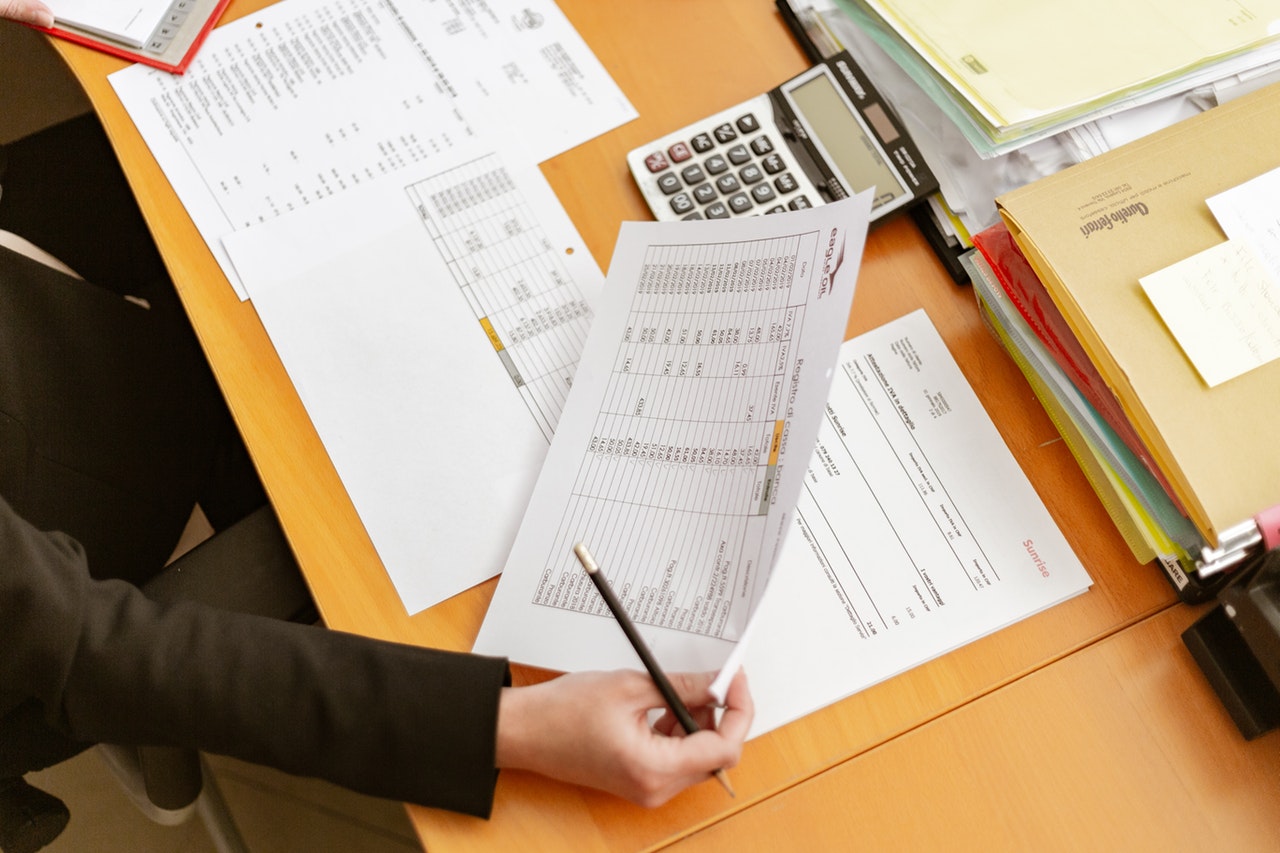On June 7 2019, Japan Intellectual Property High Court ruled standard for calculating damages, especially deductible expenses, in a patent infringement case on carbonated pack cosmetics. Below is the summary of the decision.
1. Presumed damages
Japanese patent law provides provisions to make it easier for patent holders to prove the amount of damages. One is to regard “the amount of profit earned by the infringer” as the amount of damages of the patent holder (Article 102, paragraph 2).
Profit earned by the infringer
Here, the court ruled that “the amount of profit earned by the infringer” is the marginal profit which is calculated by deducting “the expense which is additionally required by production and sales of infringing products and which is also directly related to such production and sales of infringing products” from the infringer’s sales of such infringing products.
Expense to be deducted
Regarding the expense to be deducted, the court ruled that such expense includes raw material expenses, purchasing expenses, and transportation expenses for the infringing products, while it should not include personnel expenses, transportation and communication expenses for administration departments.
In this case, the following expenses were argued.
- Personnel expense for researchers in R&D department
- Personnel expense for part-time employees
- Outsourcing research expense
- Expense for free samples and samples to distribute in exhibitions
- Advertising expense
- Purchase expense for the products in stock
Then, the court ruled that part of outsourcing research expense and advertising expense fall into the expense to be deducted. However, other expenses were not recognized as the expense to be deducted, because the defendant failed to show enough relation with their infringing products.
Override of Presumption
By the way, the court described the possibility of the presumption of damages being overridden when there is a circumstance that hinders a legally sufficient cause between the infringer’s profit and the patent holder’s damages.Such a circumstance includes;
- difference between the patent holder’s business and the infringer’s (non-identity of the market)
- existence of competing products in the market
- sales effort of the infringer (brand power, advertisement)
- capability of infringing products (features other than the patented invention such as design)
However, the court judged that there is no circumstance which overrides such presumption in this case. For example, the court ruled that the usual sales effort is not enough to override the presumption. The court also ruled that the defendant is required to prove that superior capability of the infringing products contributes to the sales.
2. Damages equivalent to licensing fee
Japanese patent law also stipulates the minimum amount of damages (Article 102, paragraph 3). It stipulates that the patent holder can claim the amount of money equivalent to licensing fee in damages. In this case, the patent holder selectively claimed the damages under this provision. So, the patent holder can receive higher damage awards.
Royalty rate for the infringer
The court ruled that the damages under this provision, as a general rule, should be calculated by multiplying the sales of the infringing products by a licensing royalty rate. And, such licensing royalty rate for the infringer should be set higher than normal royalty rate, the court said.
Also, the court ruled that such royalty rate should be rationally determined taking into consideration the following circumstances:
- the royalty rate set in actual license agreements for the patented invention, and if it is not available, the usual royalty rates in the industry.
- the value of the patented invention, that is, technology content and importance of the patented invention, and technology substitutability.
- Contributions to sales and profits of the products using the patented invention, and the state of infringement.
- Competitive relationship between the patent holder and the infringer, and business policy of the patent holder.
Not less than 10% royalty rate
Then, the court said that the licensing royalty rate in this case should not be less than 10%, considering that the average royalty rates in recent years in the technology field of the patented inventions are 5.3% in the questionnaire results of domestic companies and 6.1% in the judicial decision, and also there was a case in which the patent holder settled a patent infringement dispute in the same technology field by receiving 10% of sales of the infringing products.
As described above, the court made a decision in favor of the patent holder by indicating standard for calculating damages, especially defining the deductible expense as “the expense which is additionally required by production and sales of infringing products and which is also directly related to such production and sales of infringing products”.
Recently, the government has been trying to promote the development of IP dispute resolution system in favor of patent holders, although it has not progressed as expected, which we featured before. If you are interested, please read this article “Slowly changing Japan’s IP dispute resolution system“.
Thank you for reading. If you enjoyed this post, I’d appreciate it if you’d help it spread by emailing it to a friend, or sharing it on social media. Thanks!

